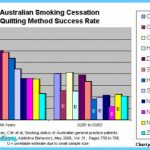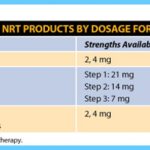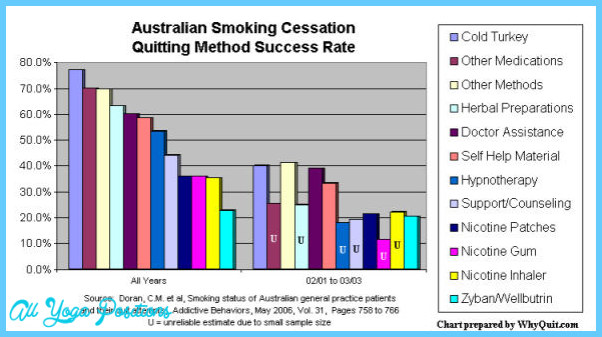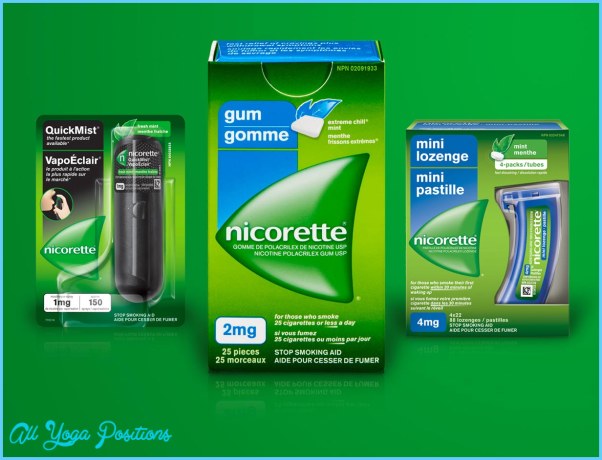Smoking Cessation Products
Each year, millions of Americans visit their doctors in the hope of finding a drug that will help them stop smoking. Although pharmacological options are limited, the few available drugs have proved successful.
Chantix (Varinicline)
The newest smoking cessation drug, marketed under the name Chantix, works in two ways: It reduces nicotine cravings, easing the withdrawal process, and it blocks the pleasant effects of nicotine. The drug acts on neurotransmitter receptors in the brain.
Unlike most smoking cessation products currently on the market, Chantix is not a nicotine replacement. For this reason, smokers may be advised to continue smoking for the first few days of treatment, to avoid withdrawal and to allow the drug to build up in their system. The approved course of treatment is 12 weeks, but the duration and recommended dosage depend on several factors, including the smoker’s general health and the length and severity of his or her nicotine addiction.
Side effects reported with Chantix include nausea, headache, vomiting, sleep disruptions, and changes in taste perception. People with kidney problems or who take certain medications should not take Chantix, and it is not recommended for women who are pregnant or nursing. In 2008, the FDA issued a public health advisory warning that some Chantix users suffered adverse reactions, such as behavioral changes, agitation, depression, suicidal thoughts, and attempted suicide. Anyone taking Chantix should notify his or her doctor immediately of any sudden change in mood or behavior.
Smoking Cessation Products Photo Gallery
Zyban (Bupropion)
Bupropion is an antidepressant (prescribed as Wellbutrin) as well as a smoking cessation aid (prescribed as Zyban). As a smoking cessation aid, bupropion eases the symptoms of nicotine withdrawal and reduces the urge to smoke. Like Chantix, it acts on neurotransmitter receptors in the brain.
Because the drug is not a nicotine replacement, the user may need to continue smoking for the first few days of treatment. A nicotine replacement product, such as a patch or gum, may be recommended to further ease withdrawal symptoms after the user stops smoking.
Bupropion users have reported an array of side effects, but they are rare. Side effects may be reduced by changing the dosage, taking the medicine at a different time of day, or taking it with or without food. Bupropion is not recommended for people with specific physical conditions or who take certain drugs.
Nicotine Replacement Products
The most widely used smoking cessation products replace the nicotine that the user would normally get from tobacco. The user continues to get nicotine, so withdrawal symptoms and cravings are reduced. Although still harmful, nicotine replacement products provide a cleaner form of nicotine, without the poisons and tars produced by burning tobacco. Less of the product is used over time, as the need for nicotine decreases.
Nicotine replacement products come in several forms, including patches, gum, lozenges, nasal sprays, and inhalers. They are available in a variety of strengths and can be worked into many different smoking cessation strategies. Most are available without a prescription.


















